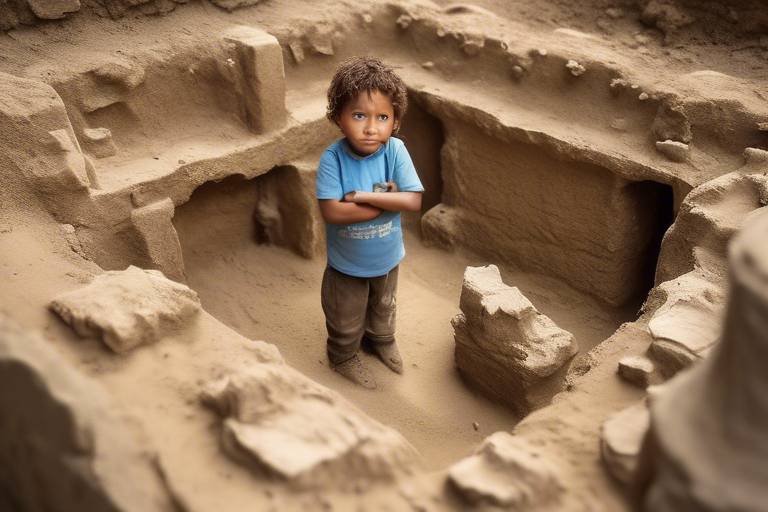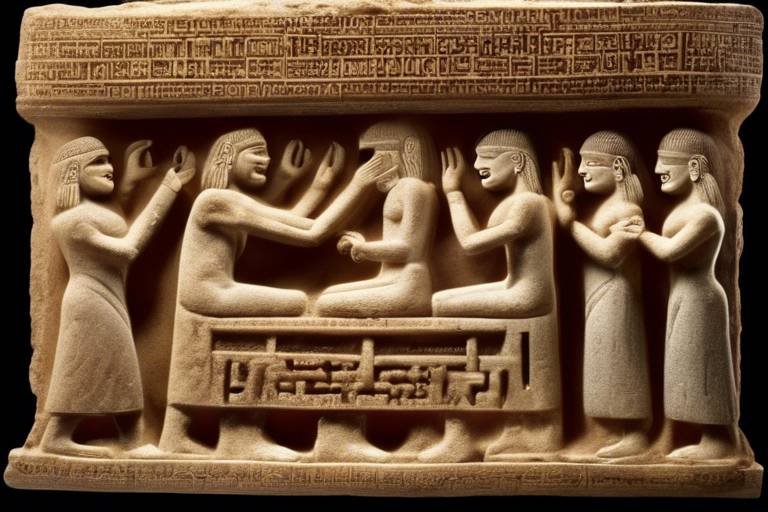The Importance of Archaeological Preservation for Future Generations
Archaeological preservation is not merely about protecting the remnants of the past; it is a crucial endeavor that shapes the legacy we leave for future generations. By safeguarding archaeological sites and artifacts, we ensure that our cultural heritage, historical knowledge, and scientific understanding are preserved for posterity. Imagine a world where the wonders of ancient civilizations are lost to time, where the stories of our ancestors fade into obscurity. The importance of archaeological preservation cannot be overstated, as it provides a window into our collective history, offering invaluable insights into the development of human societies.
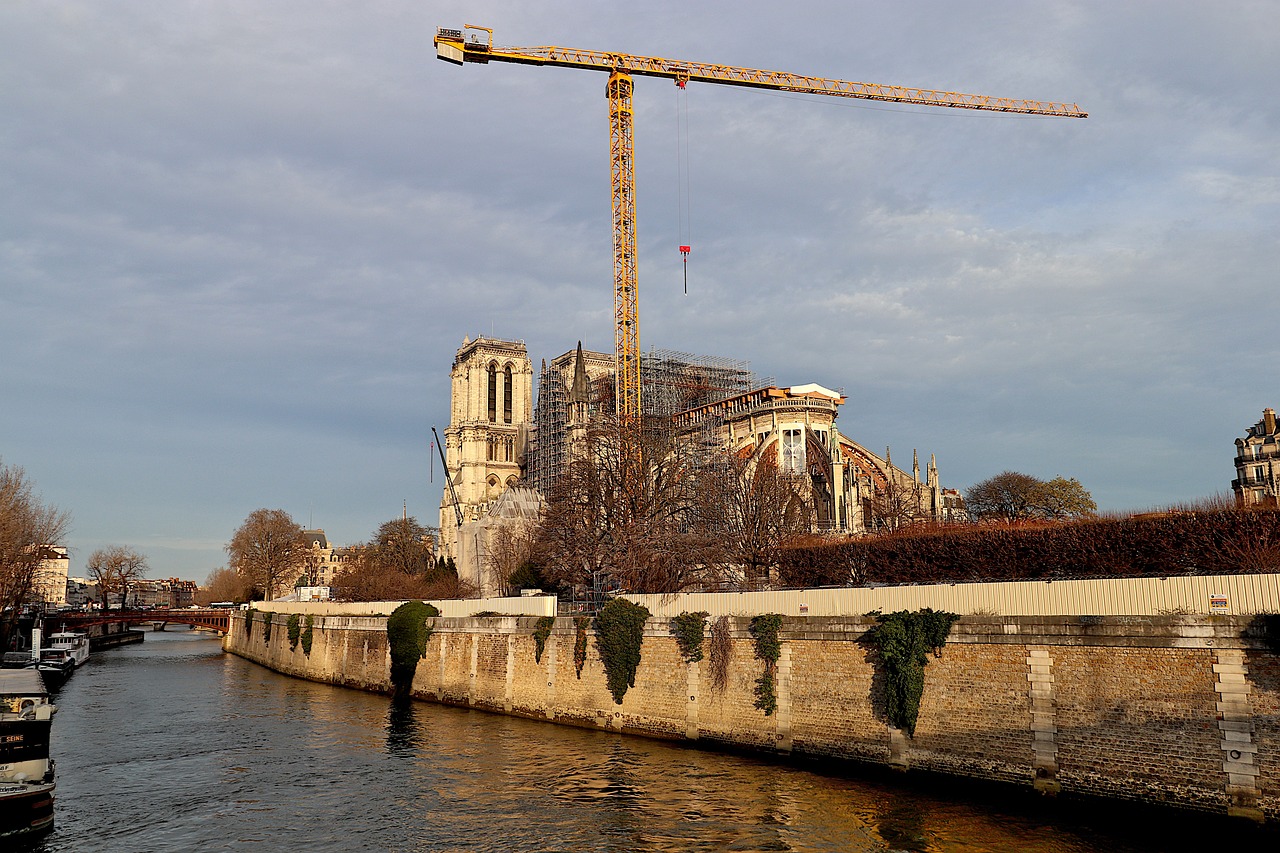
Preservation Techniques
Preservation techniques in archaeology encompass a wide array of methods and practices aimed at safeguarding the integrity and longevity of archaeological sites and artifacts. Excavation practices play a crucial role in carefully uncovering and documenting artifacts without causing damage. Archaeologists meticulously record the context and location of each discovery, ensuring that valuable information is preserved for future analysis and interpretation.
Documentation processes are essential for cataloging and archiving archaeological findings. Detailed notes, sketches, photographs, and digital scans provide a comprehensive record of excavated artifacts, allowing researchers to reconstruct the past and piece together historical narratives. Utilizing advanced technologies like 3D scanning and photogrammetry enhances the accuracy and detail of documentation, facilitating in-depth analysis and virtual preservation of delicate artifacts.
Environmental monitoring is another key aspect of preservation techniques, as natural elements and human activities can pose significant threats to archaeological sites. Implementing measures to control factors like humidity, temperature, light exposure, and soil composition helps prevent deterioration and degradation of artifacts. Conservation efforts often involve stabilizing structures, implementing protective barriers, and employing innovative materials to ensure the long-term survival of cultural heritage.
Moreover, non-invasive techniques such as ground-penetrating radar and drone surveys have revolutionized archaeological exploration by allowing researchers to map and assess sites without physical disturbance. These cutting-edge technologies provide valuable insights into hidden features, subsurface structures, and landscape patterns, aiding in the conservation and management of archaeological landscapes.
Collaboration with local communities and indigenous groups is integral to effective preservation practices, as their traditional knowledge and cultural perspectives contribute to holistic conservation strategies. Engaging stakeholders in site monitoring, interpretation, and decision-making fosters a sense of ownership and stewardship, ensuring that heritage preservation is a collaborative and inclusive endeavor.
In summary, preservation techniques in archaeology combine meticulous excavation methods, comprehensive documentation processes, advanced technologies, environmental monitoring, and community engagement to protect and conserve our shared cultural heritage for present and future generations.

Public Awareness and Education
Public awareness and education play a crucial role in the preservation of archaeological sites and artifacts. By engaging the public in the significance of cultural heritage, educational initiatives create a sense of ownership and responsibility towards protecting these valuable resources for future generations. Outreach programs not only inform individuals about the importance of archaeological preservation but also inspire a deeper appreciation for history and heritage.
Through interactive workshops, guided tours, and school programs, communities are educated about the significance of archaeological sites in understanding the past and shaping the future. By fostering a connection between people and their cultural heritage, awareness campaigns instill a sense of pride and respect for the archaeological treasures that enrich our collective history.
Moreover, public education initiatives can dispel misconceptions and myths surrounding archaeology, promoting a more accurate understanding of the discipline and its contributions to society. By demystifying the process of archaeological research and conservation, educational efforts empower individuals to become stewards of their cultural heritage, advocating for the protection of archaeological sites and artifacts.
In addition to raising awareness, educational programs also contribute to the sustainable preservation of archaeological sites by involving local communities in conservation efforts. By fostering a sense of shared responsibility and collaboration, these initiatives create a network of support for ongoing preservation projects, ensuring the long-term safeguarding of our archaeological heritage.

Legal Frameworks and Regulations
Legal frameworks and regulations play a crucial role in ensuring the protection and preservation of archaeological sites and artifacts. National and international laws, regulations, and conventions provide the necessary guidelines for archaeologists, researchers, and authorities to adhere to ethical standards and prevent the illegal excavation, looting, and trafficking of cultural heritage.
One of the key international agreements in this field is the UNESCO World Heritage Convention, which aims to identify and safeguard cultural and natural heritage around the world. By designating certain sites as World Heritage Sites, countries commit to preserving and protecting these areas for future generations.
In addition to international conventions, many countries have their own legal frameworks in place to regulate archaeological activities within their borders. These laws often outline the procedures for obtaining permits for excavation, the handling and storage of artifacts, and the penalties for unauthorized digging or looting.
Archaeological preservation efforts are further supported by the implementation of heritage laws that designate specific sites as protected areas, restricting development and ensuring their long-term conservation. These legal mechanisms not only safeguard the physical remains of the past but also contribute to the broader cultural identity and historical narrative of a region.
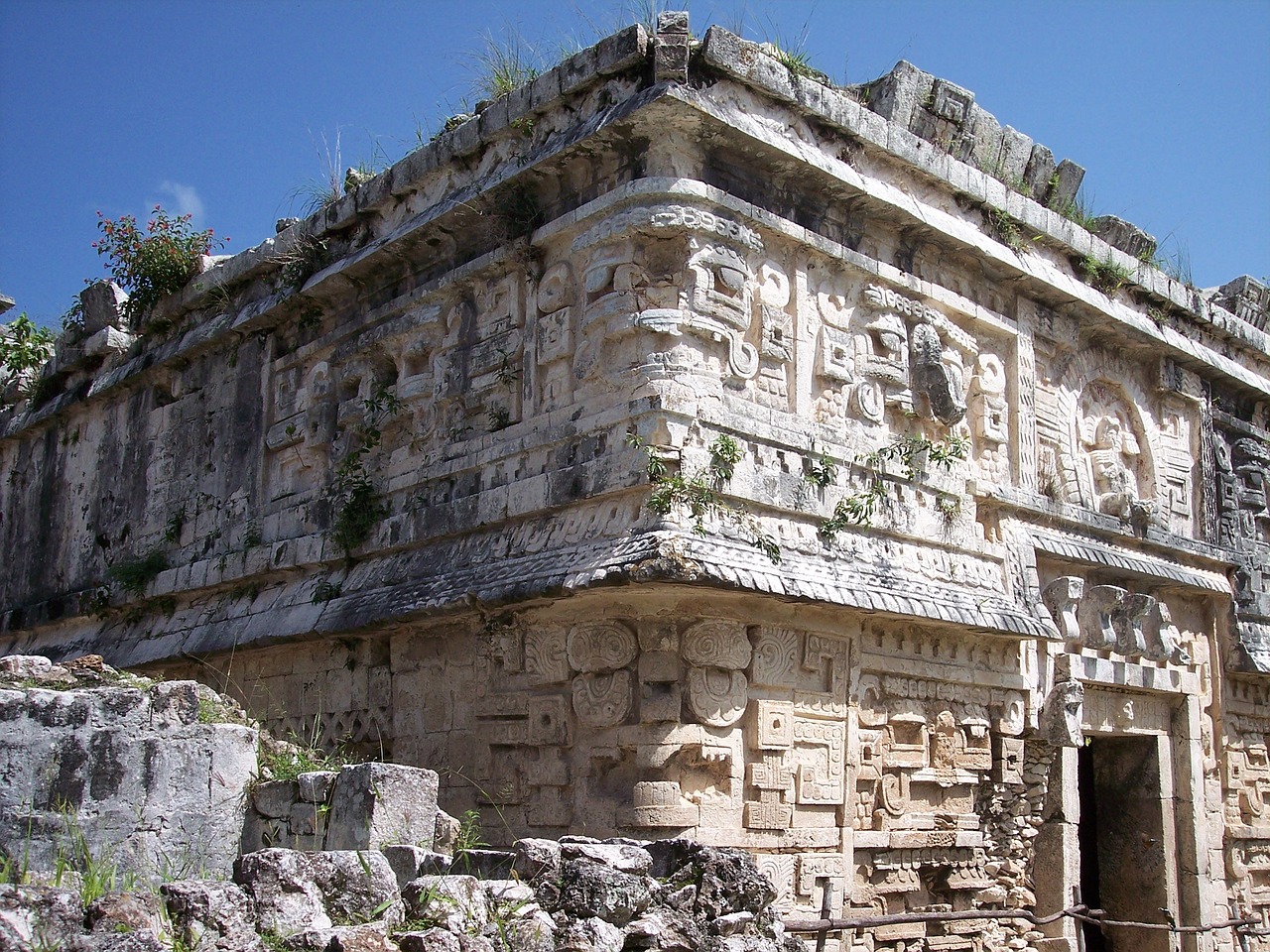
Technological Advancements in Preservation
Technological advancements have revolutionized the field of archaeological preservation, offering innovative solutions for documenting, analyzing, and conserving cultural heritage. One of the significant advancements is the use of 3D scanning technology, which allows archaeologists to create detailed digital replicas of artifacts and sites with precision and accuracy. These 3D models not only aid in preservation efforts but also provide valuable data for research and educational purposes.
Virtual reality (VR) technology has also made a significant impact on archaeological preservation by enabling immersive experiences that bring ancient sites and artifacts to life. Through VR simulations, individuals can explore archaeological sites virtually, gaining a deeper understanding of history and culture without physically visiting the location. This technology enhances public engagement and awareness of archaeological heritage.
Geographic Information System (GIS) mapping plays a crucial role in archaeological preservation by providing spatial data analysis tools for site management and conservation planning. By overlaying archaeological data on digital maps, researchers can assess site vulnerability, monitor environmental changes, and develop effective preservation strategies. GIS technology enhances the efficiency and accuracy of archaeological fieldwork and documentation.
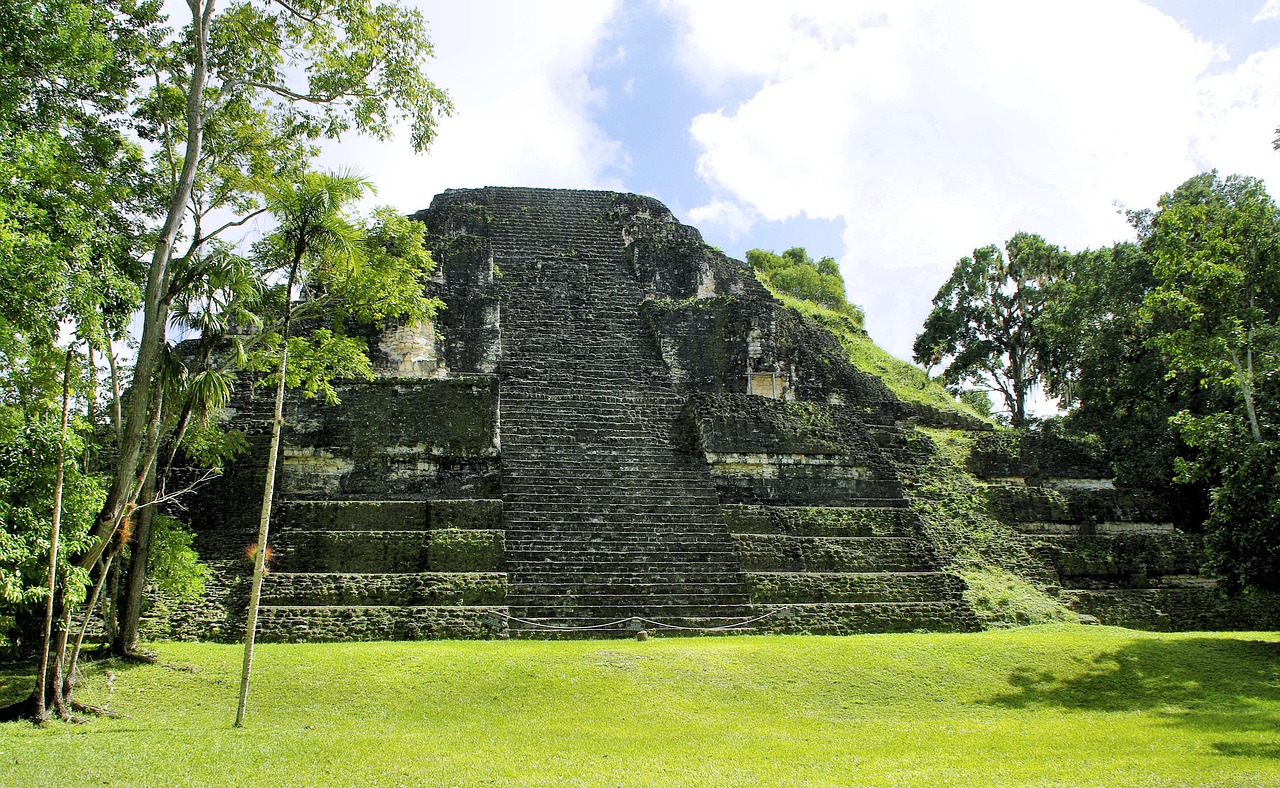
Sustainable Conservation Practices
Sustainable conservation practices in archaeology are crucial for ensuring the long-term preservation of our cultural heritage while also considering environmental sustainability and community engagement. One key aspect of sustainable conservation is the careful balance between protecting archaeological sites and artifacts and minimizing the impact on the surrounding environment. This involves implementing conservation strategies that not only safeguard the physical integrity of the sites but also take into account the ecological footprint of preservation efforts.
Moreover, sustainable conservation practices in archaeology aim to engage local communities in the preservation process, fostering a sense of ownership and responsibility towards their cultural heritage. By involving community members in decision-making and conservation activities, sustainable practices can create a lasting impact and promote a sense of shared heritage stewardship.
Another important aspect of sustainable conservation is the development of long-term strategies that go beyond immediate preservation needs. This includes planning for the continued maintenance and monitoring of archaeological sites, as well as implementing measures to address potential threats such as climate change, urban development, and tourism impacts.
Furthermore, sustainable conservation practices emphasize the importance of education and awareness-raising initiatives to promote a culture of respect for archaeological sites and artifacts. By instilling a sense of value and appreciation for cultural heritage, sustainable conservation efforts can help ensure that future generations inherit a rich and diverse historical legacy.

Challenges and Threats to Preservation
Preserving archaeological sites and artifacts is not without its challenges and threats. One of the primary concerns is the impact of climate change, which can lead to accelerated deterioration of delicate structures and materials. Urban development poses another significant threat, as expanding cities encroach upon archaeological sites, putting them at risk of destruction or disturbance. The rise in tourism can also have detrimental effects, with increased foot traffic causing wear and tear on ancient structures and artifacts.
Looting is a persistent problem in the field of archaeology, with valuable artifacts being stolen from sites and sold on the black market. This illegal activity not only robs future generations of their cultural heritage but also disrupts the context in which artifacts are found, hindering our understanding of the past. Inadequate funding for preservation efforts is another major challenge, as limited resources can impede the proper care and maintenance of archaeological sites and collections.
To address these threats, proactive measures must be taken to safeguard archaeological heritage. Implementing stricter regulations and enforcement mechanisms to prevent looting and vandalism is crucial. Increasing public awareness about the importance of preserving archaeological sites can help garner support for conservation efforts and discourage destructive behavior. Collaborating with local communities and stakeholders to develop sustainable tourism practices that minimize negative impacts on heritage sites is also essential.
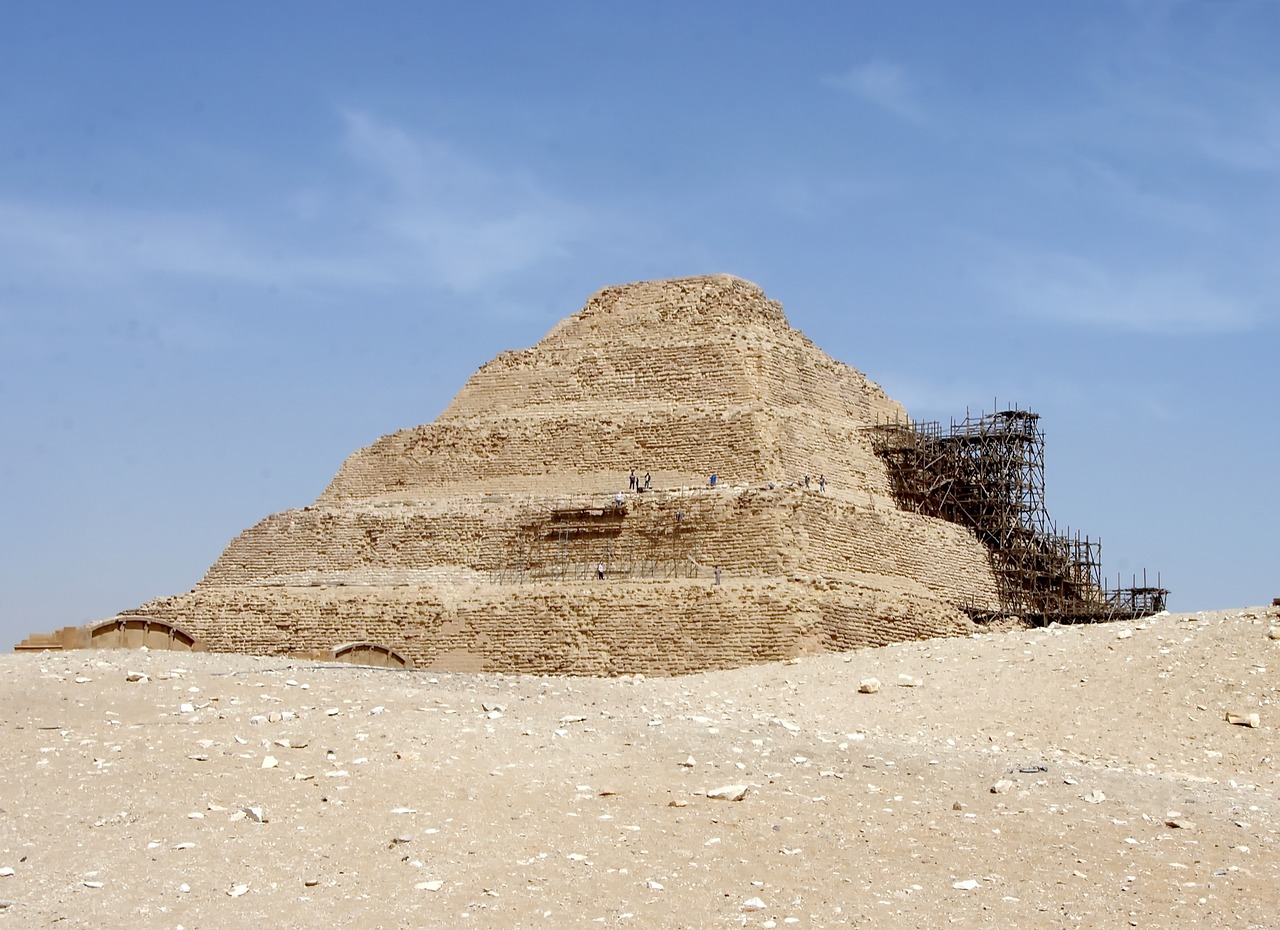
Collaboration and Partnerships
Collaboration and partnerships play a vital role in promoting effective archaeological preservation strategies. By fostering cooperation between governments, archaeologists, local communities, NGOs, and international organizations, valuable expertise, resources, and best practices can be shared to ensure the safeguarding of cultural heritage for future generations.

Legacy for Future Generations
Preserving our archaeological heritage is not just about protecting the past; it's also about building a legacy for future generations. By safeguarding ancient sites and artifacts, we are ensuring that our descendants have the opportunity to connect with their roots, learn from history, and appreciate the cultural richness of our shared human experience. The legacy of archaeological preservation extends far beyond the physical objects themselves – it is a gift we pass on to those who come after us, a window into the past that shapes our understanding of the present and guides us towards a more enlightened future.
Frequently Asked Questions
- What is archaeological preservation?
Archaeological preservation refers to the safeguarding and protection of archaeological sites and artifacts to ensure their longevity and integrity for future generations. It involves various techniques and practices aimed at conserving our cultural heritage and historical knowledge.
- Why is archaeological preservation important?
Archaeological preservation is crucial for maintaining our connection to the past, understanding human history, and preserving cultural identity. By protecting archaeological sites and artifacts, we can learn from the achievements and mistakes of our ancestors and pass down this knowledge to future generations.
- What are some common threats to archaeological preservation?
Several challenges pose threats to archaeological sites and artifacts, including natural disasters, climate change, urban development, looting, vandalism, and inadequate funding. These factors can lead to the destruction or loss of valuable historical resources.
- How can individuals contribute to archaeological preservation?
Individuals can support archaeological preservation efforts by respecting heritage sites, following ethical guidelines, reporting any suspicious activities, participating in educational programs, and advocating for the protection of cultural heritage in their communities.
- What role does technology play in archaeological preservation?
Technology plays a significant role in archaeological preservation by enabling advanced documentation, analysis, and conservation methods. Tools such as 3D scanning, GIS mapping, and virtual reality enhance our ability to study and protect archaeological sites and artifacts.

